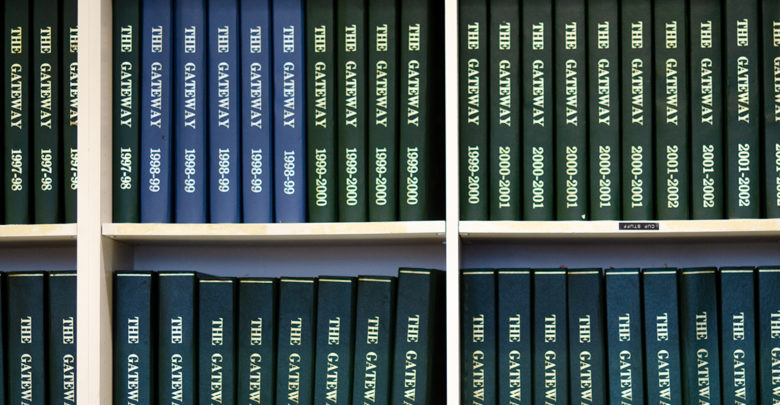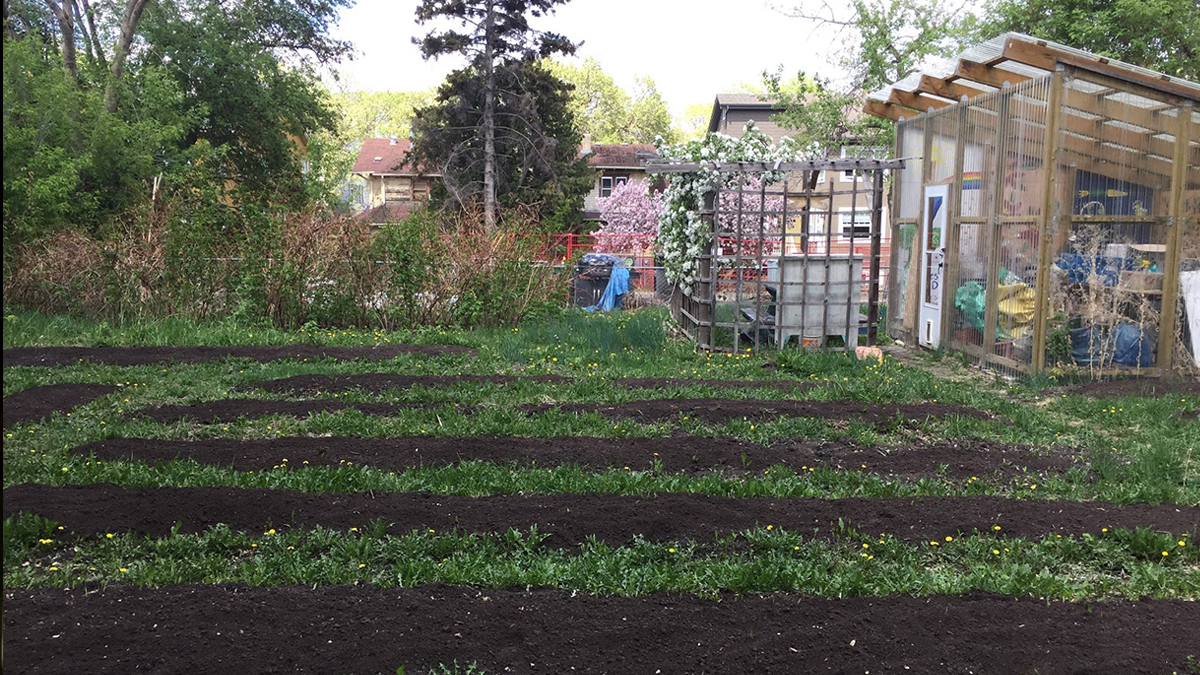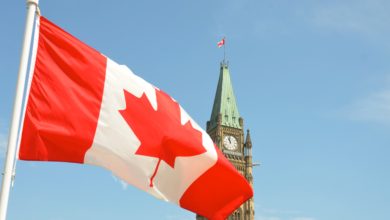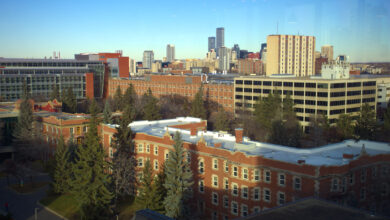From the Archives: Enrolment record-breaker
As the U of A plans to increase enrolment to 50,000, let's look back on enrolment numbers from 1981.
 Helen Zhang
Helen ZhangFrom the Archives is The Gateway’s ongoing series of recounting historical articles written by the publication from years past.
Bill Flanagan, University of Alberta president and vice-chancellor has recently announced his plans for increased enrolment.
During his state of university address, Flanagan said the U of A plans for nearly 2,400 additional enrolments in high-demand areas.
In addition to this, Demetrios Nicolaides, the minister of advanced education, recently announced that the Government of Alberta will provide $48.3 million in support of increased enrolment.
Following the announcement of government support, Flanagan said the U of A hopes to grow to 50,000 students in the next five years. In contrast, 19,482 was considered high enrolment in 1981.
Similar to the article below, enrolment will increase in science, business, and engineering.
The following article is taken from the November 19, 1981 edition of The Gateway.
By: Peter Michalyshyn
Early figures from the Registar’s office show U of A enrolment near an all-time high.
Following an increase of almost seven per cent, enrolment has climbed within 600 of 1976/77’s record 20,407 full-time students. Present enrolment is roughly 19,482, not including increased part-time enrolment of 3,543.
The greatest percentage increase comes in new students at over 16 per cent, the highest since 1968/69. University president Myer Horowitz attributed the increase to great numbers of potential students who for whatever reasons didn’t enter university immediately after high school. By faculty, the largest increases were in science, arts, and business administration and commerce. Engineering and education showed large gains as well.
The only faculties to show decreases in enrolment were agriculture and forestry, pharmacy and pharmaceutical sciences, and home economics.
The effect of quotes in all but the arts and science faculties are not available.
Last year new student enrolment was up almost eight per cent, but total enrolment increased only marginally. With one exception (1973/74), new student enrolments declined throughout the ‘70s, and for the most part total enrolment fluctuated between plus or minus three per cent.
This university administrators are hesitant to predict trends on the basis of this year’s unexpected increase.
Horowitz told the Board of Governors meeting on November 6, that the university’s best research predicted a decline in enrolment this year. He said he could not predict the unexpected increase in new students to continue next year. He also said, however, that this year’s increase would continue to be felt in returning students for the next two to three years.
However, Horowitz assured board members the university would use higher use of the university as on more argument for better funding from the provincial government.
At the board, members worried that increased enrolment in most faculties would make cutbacks more difficult.




